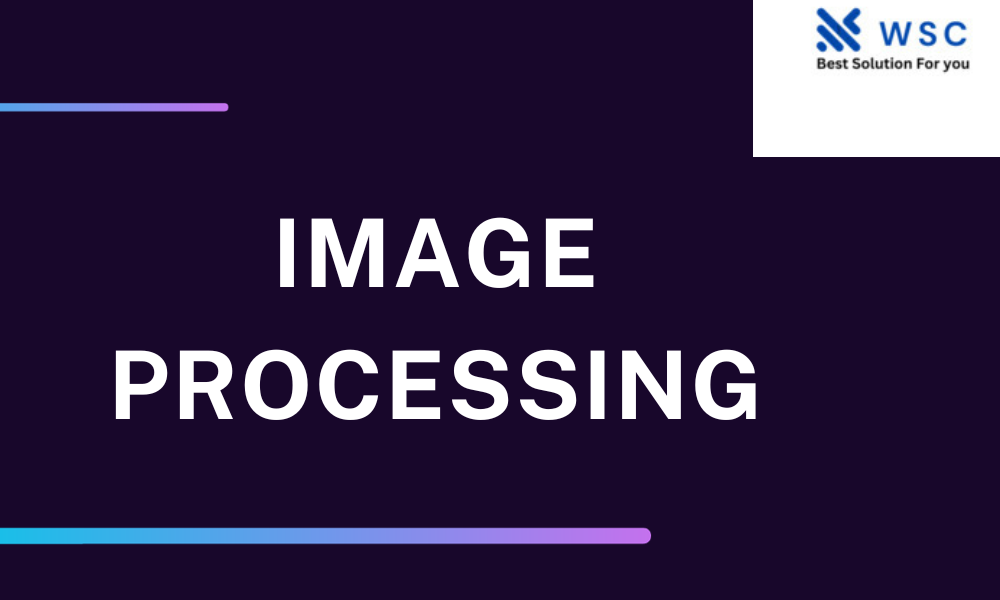In the ever-evolving landscape of technology, Artificial Intelligence (AI) stands at the forefront, continually pushing boundaries and reshaping industries. One of the most remarkable facets of AI is image processing, a field that has witnessed unprecedented growth and innovation. In this article, we delve deep into the world of image processing in artificial intelligence, unraveling its significance, applications, and the extraordinary capabilities it brings to the table.
The Significance of Image Processing in AI
Image processing, within the realm of AI, holds immense significance. At its core, it involves the manipulation of visual data, allowing computers to interpret, analyze, and make decisions based on images and videos. This technology is the foundation of various AI applications, propelling us into an era where machines can ‘see’ and ‘understand’ the world in ways previously thought impossible.
Transforming Data into Insights
In the age of information, data is king. Image processing equips AI systems with the ability to process and extract valuable insights from visual data. This capability has far-reaching implications across industries such as healthcare, finance, and agriculture.
Revolutionizing Healthcare
The integration of image processing in AI has revolutionized healthcare. Medical professionals can now rely on AI-driven systems to analyze medical images like X-rays and MRIs with incredible accuracy. This not only expedites diagnosis but also enhances the precision of medical interventions.
Enhancing Security
In the realm of security, image processing plays a pivotal role. Facial recognition technology, powered by AI image processing, is used for identity verification and access control in various sectors, from airports to smartphones. This enhances security measures and simplifies daily tasks.
Advancing Autonomous Vehicles
The development of self-driving cars is heavily reliant on image processing in AI. These vehicles use cameras and sensors to interpret their surroundings, enabling them to navigate safely and make split-second decisions on the road.
Applications of Image Processing in AI
The applications of image processing in artificial intelligence are both diverse and dynamic. Let’s explore some of the most prominent use cases that showcase its versatility.
1. Medical Imaging
- Diagnosis: AI-powered image processing aids in the early detection of diseases through the analysis of medical images.
- Treatment Planning: Radiologists use AI to create precise treatment plans, optimizing patient care.
2. Autonomous Vehicles
- Object Detection: AI image processing helps vehicles identify pedestrians, other cars, and obstacles on the road.
- Traffic Management: AI algorithms enhance traffic flow by analyzing real-time images from cameras on roadways.
3. Retail and E-Commerce
- Visual Search: AI-driven visual search engines enable users to find products by uploading images rather than typing text.
- Inventory Management: AI-powered image recognition assists in inventory tracking, reducing errors and improving efficiency.
4. Entertainment and Gaming
- Character Animation: AI processes facial expressions and gestures in real time, enhancing the realism of video game characters.
- Content Recommendation: Image-based content analysis helps platforms like Netflix recommend shows and movies based on a user’s preferences.
The Future of Image Processing in AI
As technology continues to advance, the future of image processing in AI appears brighter than ever. Here are some key trends and developments to watch out for:
1. Deep Learning
Deep learning algorithms, particularly convolutional neural networks (CNNs), are set to play an even larger role in image processing. These networks can understand complex patterns, leading to more accurate image recognition.
2. Real-Time Processing
The demand for real-time image processing is growing across various industries, from surveillance to augmented reality. AI is being harnessed to provide instantaneous analysis and decision-making.
3. AI in Creativity
AI is making strides in creative fields such as art and design. Generative adversarial networks (GANs) are being used to create original artwork and music, blurring the line between human and AI creativity.
4. Ethical Considerations
With the increasing use of AI in image processing, ethical concerns regarding privacy and bias are coming to the forefront. Striking a balance between innovation and responsibility will be a key challenge.
def factorial(n):
if n == 0:
return 1
else:
return n * factorial(n-1)
# Example usage:
number = 5
result = factorial(number)
print(f"The factorial of {number} is {result}")
In conclusion, image processing in artificial intelligence is a transformative force that is reshaping industries, improving our lives, and pushing the boundaries of what is possible. Its significance, wide-ranging applications, and promising future make it a cornerstone of the AI revolution. As technology continues to advance, embracing image processing in AI is not just an option; it’s a necessity for staying ahead in a rapidly evolving world.
Check our tools website Word count
Check our tools website check More tutorial





Spot on with this write-up, I truly think this amazing site needs much more attention. I’ll probably be back again to read more, thanks for the advice!
It’s actually a cool and useful piece of info. I’m satisfied that
you shared this helpful info with us. Please keep us informed like this.
Thanks for sharing.